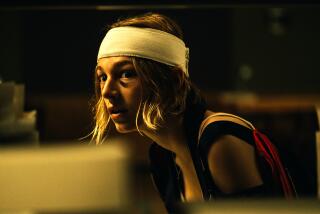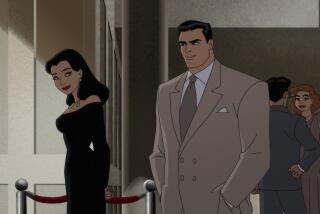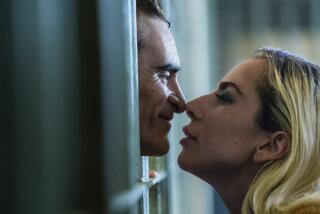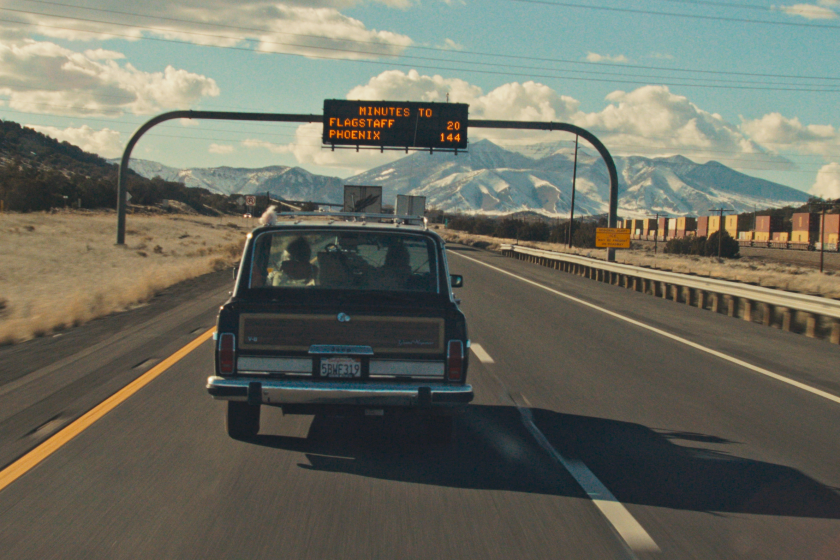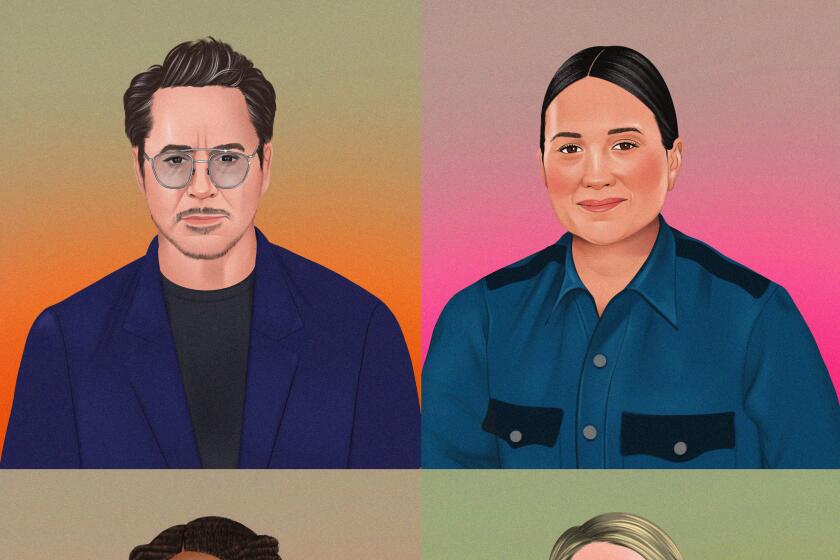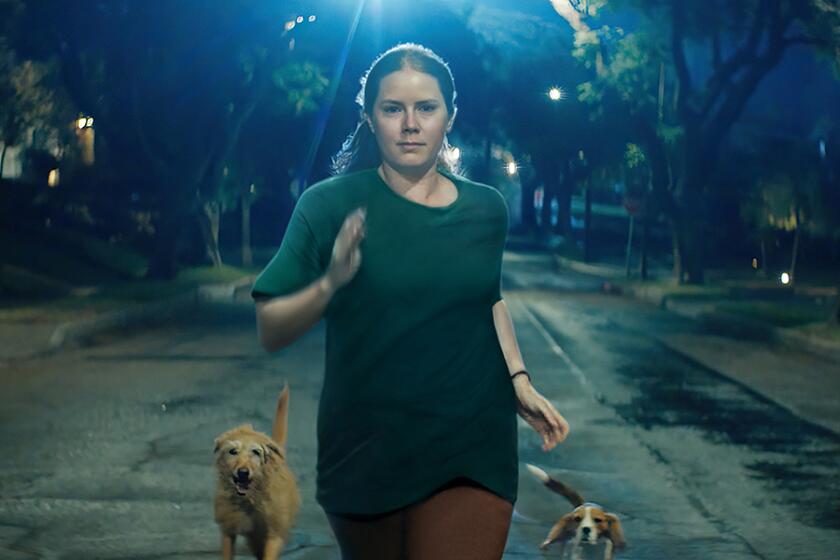The music, the sirens, even Gotham itself bring ‘Joker’s’ soundscape to life
Early movies were all about the eyes — the unfolding story and dialogue were right up there on the screen. But ever since the arrival of talkies, the ear has been fighting back.
“For me — and probably every other filmmaker — sound is half the movie,” says “Joker” director Todd Phillips. “Visuals tend to get all the credit but sound works on a deeper, more subliminal level. And on this it was particularly important, as it’s really a movie about one person, Arthur Fleck. There is no antagonist, no love interest per se, so everything else becomes a character: the music, the sound of Gotham, even the sirens in the city.”
And to bring that soundscape to life, Phillips turned to supervising sound editor Alan Robert Murray, a nine-time Oscar nominee and two-time winner for his work on “American Sniper” and “Letters From Iwo Jima.”
“It’s the first time we’d worked together, though he did ‘A Star Is Born’ with Bradley Cooper, which I co-produced,” Phillips adds. “And I saw just how much attention he paid to every detail, and how he built up all the layers. And when I began working on ‘Joker,’ I knew he’d be the right guy for the job.”
“Todd had a very well-crafted plan about the sound design going in,” notes Murray. “He wanted to evoke a Gotham living on the edge, that was gritty and had this ’70s style — meaning you heard these big V8 engines and mufflers on the street, with aggressive horns, and people shouting in their apartments. And he was so specific about certain things, like the sirens. He wanted them to sound like European sirens, rather than American sirens, to underscore a sense of strangeness and unfamiliarity.”
Phillips also wanted “to stay away from any of the usual superhero sounds that were used in other DC movies,” he says. “He didn’t want over-the-top sound design. He wanted it to be far more realistic and down to earth.”
All the sound design was built around Arthur Fleck and the downward trajectory of his story, “so as his situation got worse and more treacherous, the sounds we came up with mirrored all of that,” Murray says. “My job as a sound designer is to translate a director’s ideas into a soundtrack and pull together all the sounds we’ll need, and then picking when and where they’ll go in the final mix. So we’re the architects, and then the mixers are the finishers.”
The process started with gathering the basic sounds for Fleck’s environment. “We had our production mixer, Tod Maitland, who lives in New York, go out late at night and record elements such as the subways and traffic, and mixing it so that the audience would feel like they’re right in the middle of the situation,” Murray says. “And we did the same thing for all the scenes with Robert De Niro as late-night TV host Murray Franklin, so you’d feel like you’re sitting right in the middle of the show’s audience. We used specific pinpoint areas during the mix to really emphasize all that.”
Murray also worked hard to make sure that the sound design dovetailed neatly with the film’s dark and mournful cello score by Hildur Guðnadóttir, as well as with such soundtrack elements as Cream’s iconic “White Room.”
“That song worked so well for the riot scene, and we made a point of keeping the timbre of the sirens so they’d be there and play through the music,” he notes.
For the sound designer, who’s collaborated with Clint Eastwood on many of his movies, “every director and every film is different, but like Clint, Todd was very open to experimenting with the sound and trying all kinds of different things,” he says. “We’d start off by building a scene with various elements, and then we’d examine it and then maybe take a whole layer of the sound out, to see how that changed it.”
As an example, Murray cites the scene “where Arthur walks back to Sophie’s apartment and opens the door and then takes her in his arms. We had various sounds built up for it, but in the end we just went to Hildur’s score there, as it was so effective emotionally. And for the subway train scene, we started off very subtly and then let it build alongside Arthur’s tension and what was going on with him physically, until it goes through the roof at the end.”
“Joker’s” soundscape was mixed on the lot at Warner Brothers by Tom Ozanich and Dean Zupancic. “We all worked together on ‘A Star Is Born’ for Bradley Cooper, and we started mixing this in Atmos, which immediately helped us give you that 360-degree-sound feeling Todd wanted,” Murray says.
“Everyone brought their A-game to this film. Joaquin was mesmerizing, and the direction, the cinematography, the editing — everything came together in a very satisfying way.”
More to Read
Only good movies
Get the Indie Focus newsletter, Mark Olsen's weekly guide to the world of cinema.
You may occasionally receive promotional content from the Los Angeles Times.
